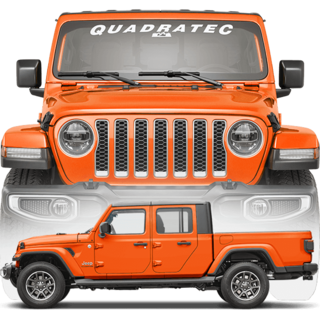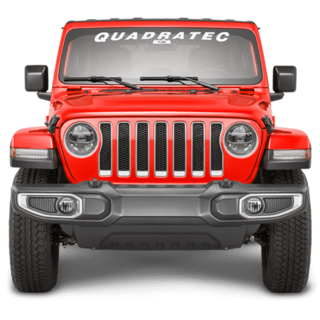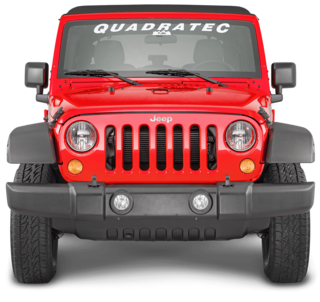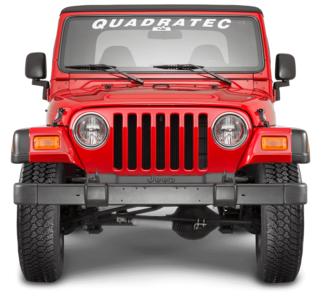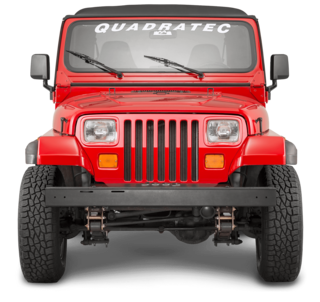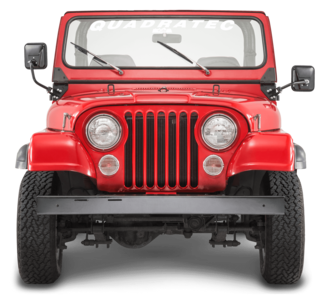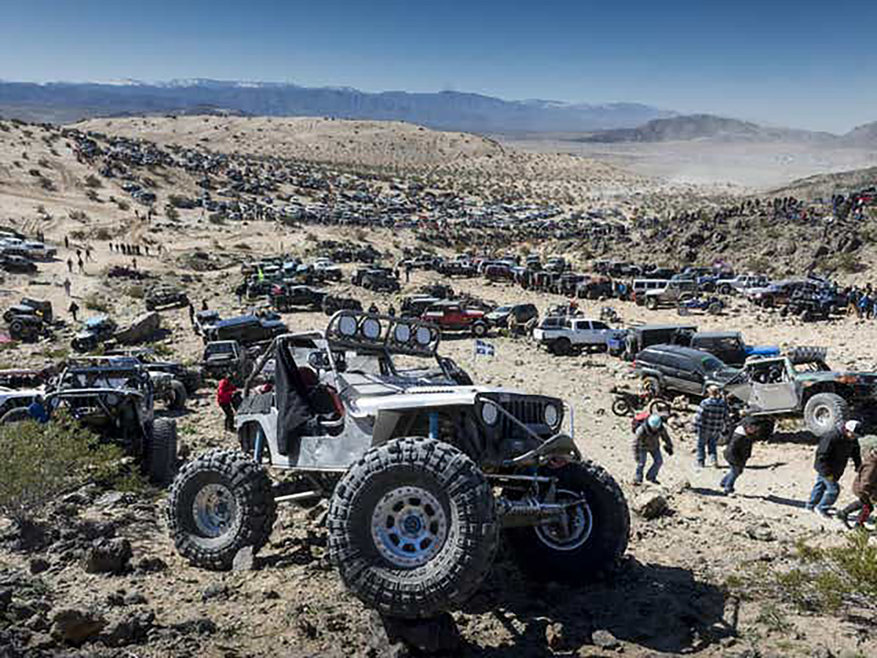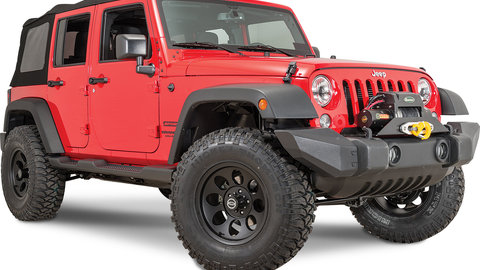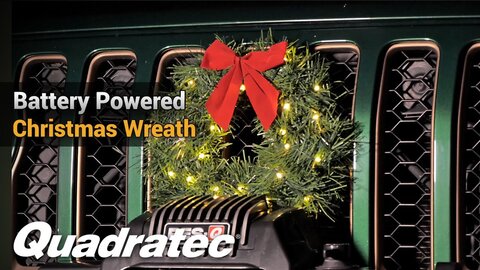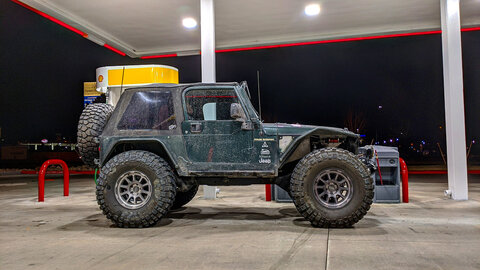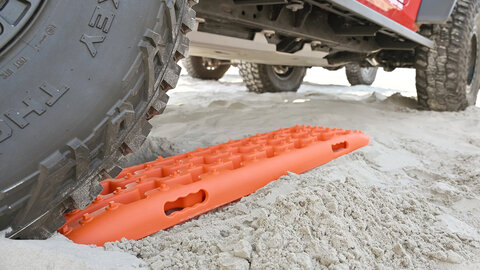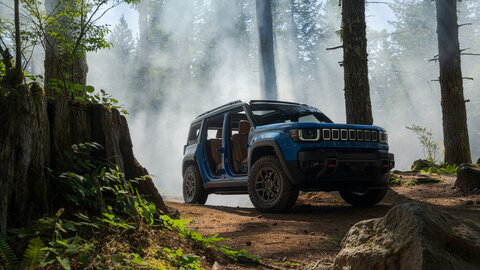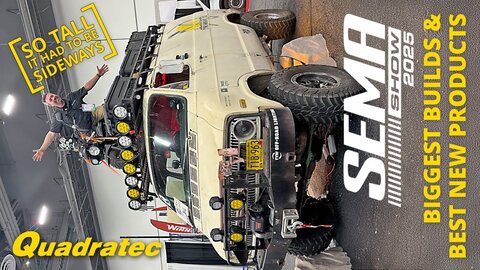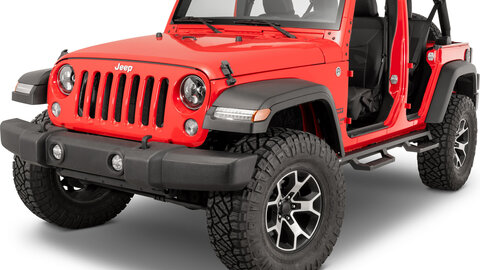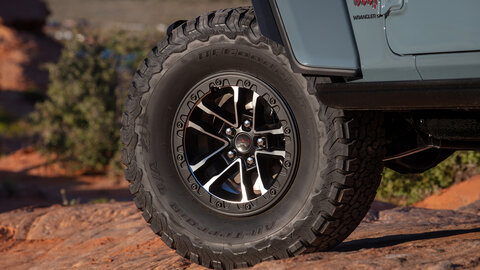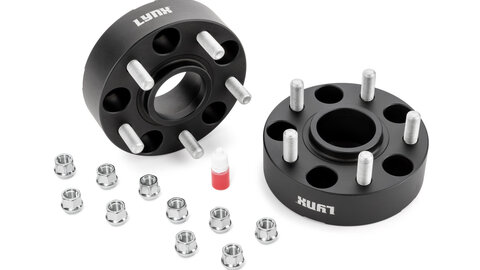by Matt Konkle
Torque Editor-in-Chief
The vast Mojave Desert isn’t just claimed by Jeep vehicles during this year’s King of the Hammers event. There is everything from utility terrain vehicles to fully-loaded Jeeps and trucks taking on everything the desert, and surrounding rocky enclaves, can offer.
But when you look at each race during the week, you’ll see designations on vehicles that may seem strange unless you are fully indoctrinated in the Ultra4 Racing world.
So, for those who do not know, and are planning to follow along for KOTH week, here are some of the class differences you’ll need to understand.
4400: Unlimited Class
This is the original unlimited class that started the King of The Hammers years ago, and each vehicle is heavily modified and engineered to compete during the main King of The Hammers race. Drivers have to earn a spot to compete in King of The Hammers and their rides are not limited on tire size, engine or chassis design, other than to meet the safety requirements for the class. They also must have a transfer case, four-wheel-drive system and can utilize either a straight axle or independent front suspension.
4500: Modified Class
This class has been racing in ULTRA4 since 2012 and is one of the three classes that can compete during the Every Man Challenge. Currently, these do not have to qualify to race in the EMC race during KOTH week. This class is marked by vehicles that have a modified OEM Chassis or OEM Style Chassis, 2 -2.5 inch diameter shocks per corner, mechanical steering and 37-inch United States Department of Transportation approved tires.
4600: Stock Class
This class has also been racing in ULTRA4 since 2012 and is one of the classes eligible to take part in the Every Man Challenge during KOTH week. Currently, these vehicles do not have to qualify to race in the EMC. This class is marked by using a stock frame, factory engine and transmission, 35-inch DOT approved tires, 2.5-inch diameter shocks per corner and mechanical steering.
4800: Legends Class — Trophy Class
'This class has been racing in ULTRA4 since 2014 and is one of the 3 classes eligible to race in the EMC during KOH week. These vehicles do not have to qualify to race in the EMC, and the class itself is one of the fastest-growing in ULTRA4 as older ULTRA4 cars can enter as long as they meet the requirements. Vehicles in this class can only have front-mounted engines, contain two seats side by side, utilize only a single shock per corner, use maximum 37-inch DOT non-sticky tires and only have solid axles installed.
While these classes represent the majority of full-size vehicles, KOTH week also features many UTV and full-size truck classes, including stock, pro modified, open and unlimited.

